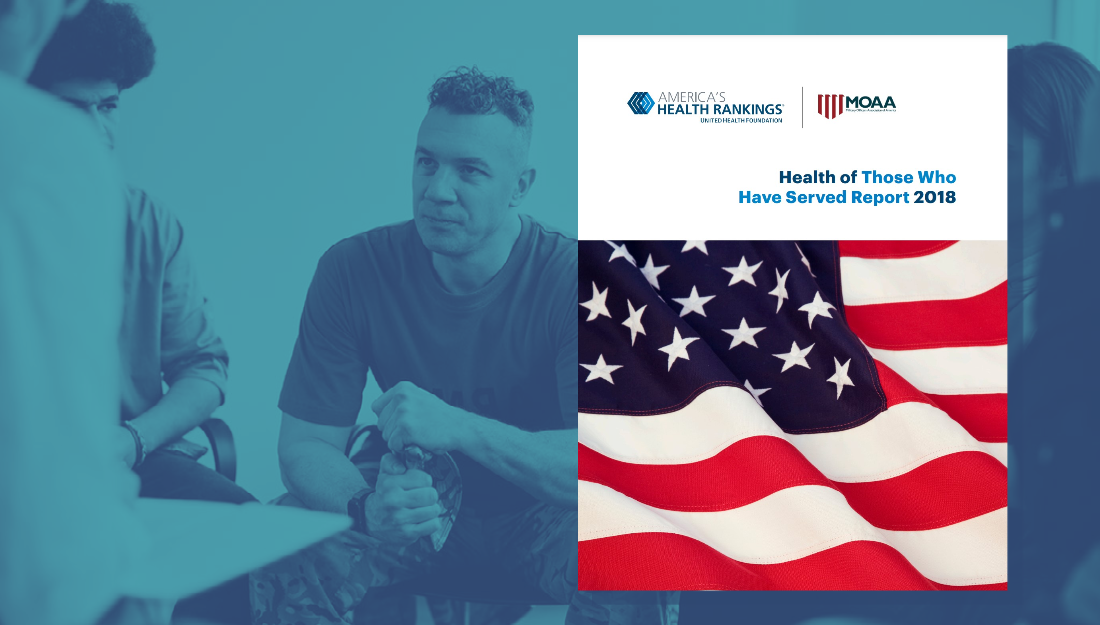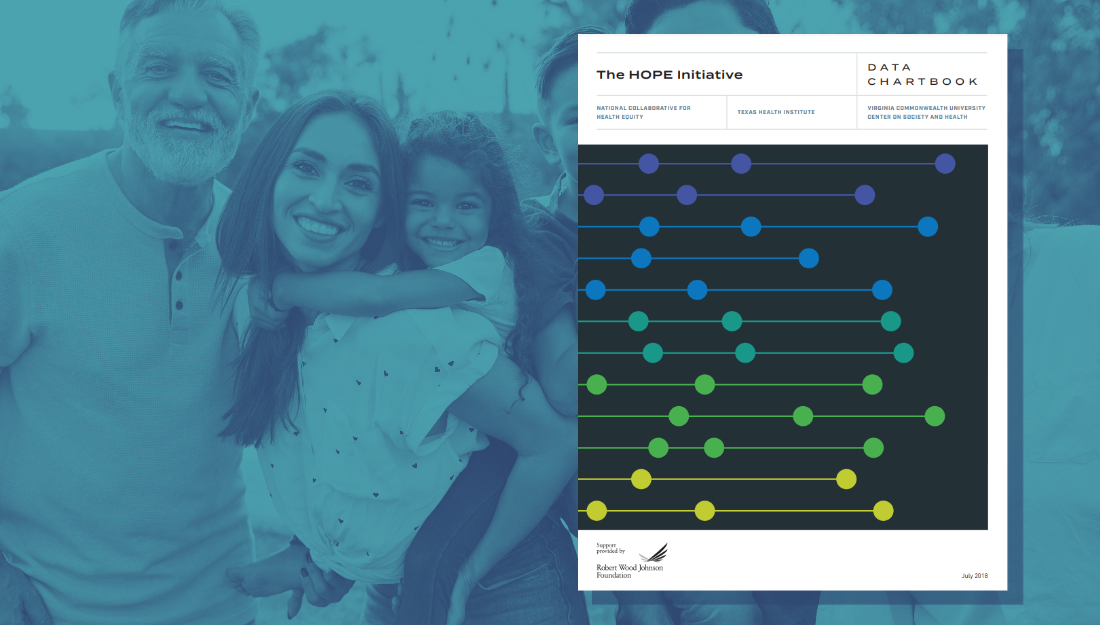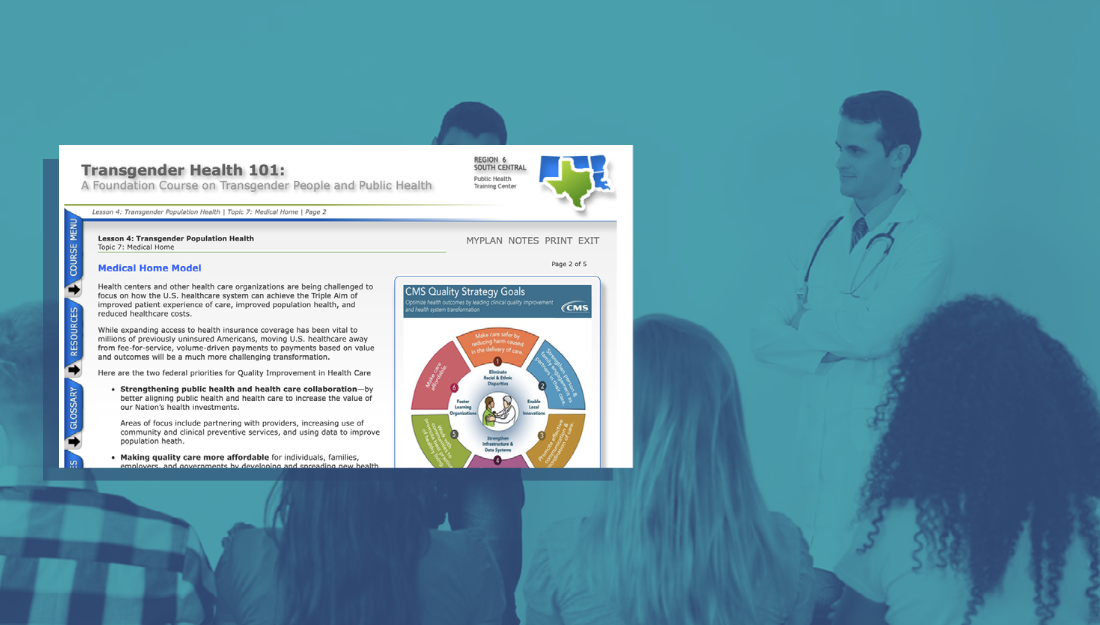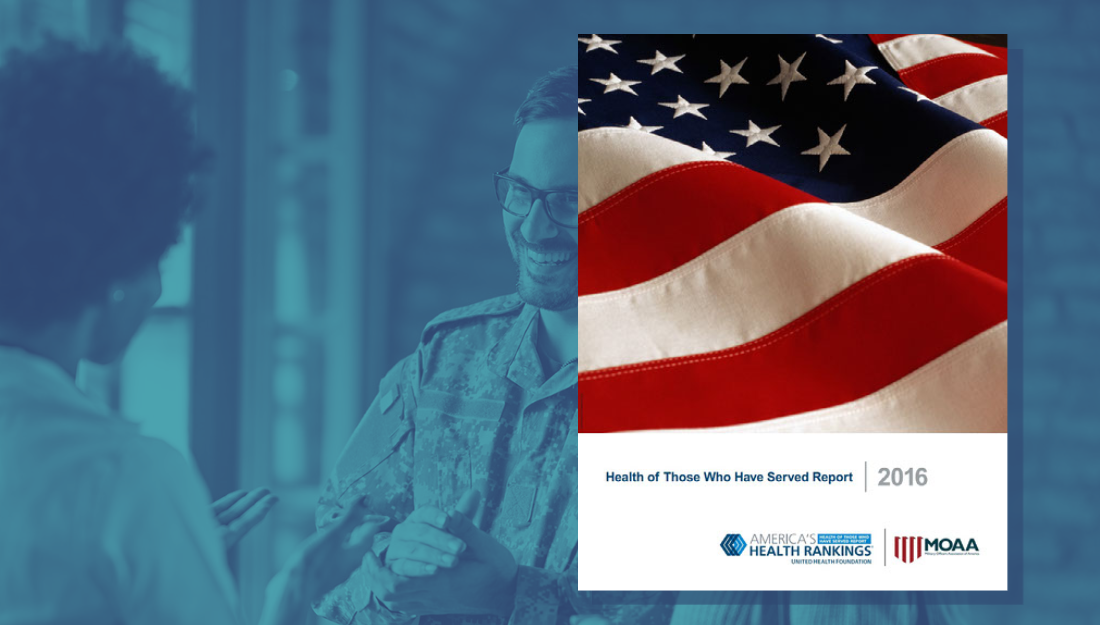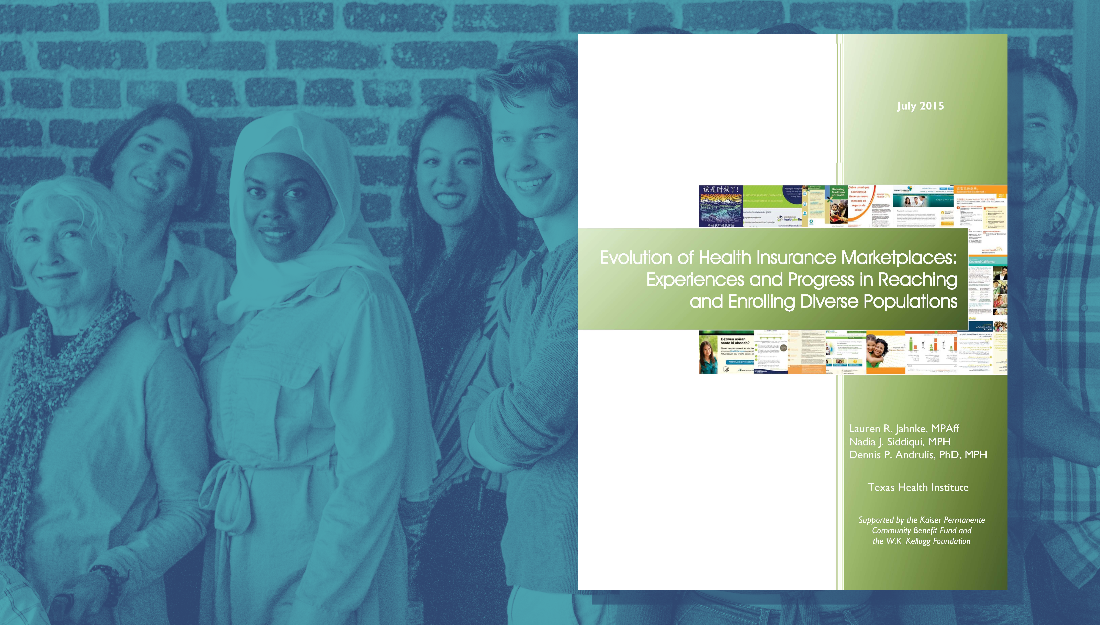CJA National Conference 2019
Communities Joined in Action’s 13th National Conference, Partnering to Build Equitable Communities, brought together community health leaders and consumers committed to improving health and health outcomes through achieving equity.
Health of Those Who Have Served Report 2018
Men and women who serve in the US Armed Forces play essential roles in maintaining the safety and security of our country.
HOPE Data Chartbook
HOPE represents the first set of comprehensive metrics with an explicit objective to measure national and state progress toward health equity by race, ethnicity, and
socioeconomic status.
Transgender Health Learning Series
A seven course series which follows a track that many trans people follow in their journey through life.
CJA National Conference 2018
With a theme of Making Connections: Optimizing Health for all Communities Joined in Action’s National Conference brought together leaders from across the country.
Health of Women Who Have Served Report 2017
A closer look at the health differences between women who have served and women who have not served.
CJA National Conference 2017
The Communities Joined in Action National Conference: Unleashing the Power of Communities: Achieving Health, Well-being, and Equity brought together community leaders.
VCEHP eLearning Series
This training—Vector Control for Environmental Health Professionals—emphasizes the use of integrated pest management to address public health pests and vectors that spread pathogens, including Zika virus and others.
Health of Those Who Have Served Report 2016
The Health of Those Who Have Served Report focuses on three of the four determinants: Behaviors, Clinical Care, and Policy to provide a picture of veterans’ health.
Evolution of Health Insurance Marketplaces: Experiences and Progress in Reaching and Enrolling Diverse Populations
One of the important features of the Affordable Care Act (ACA) of 2010 is the creation of health
insurance marketplaces (originally called exchanges), which are intended to make available a
choice of



